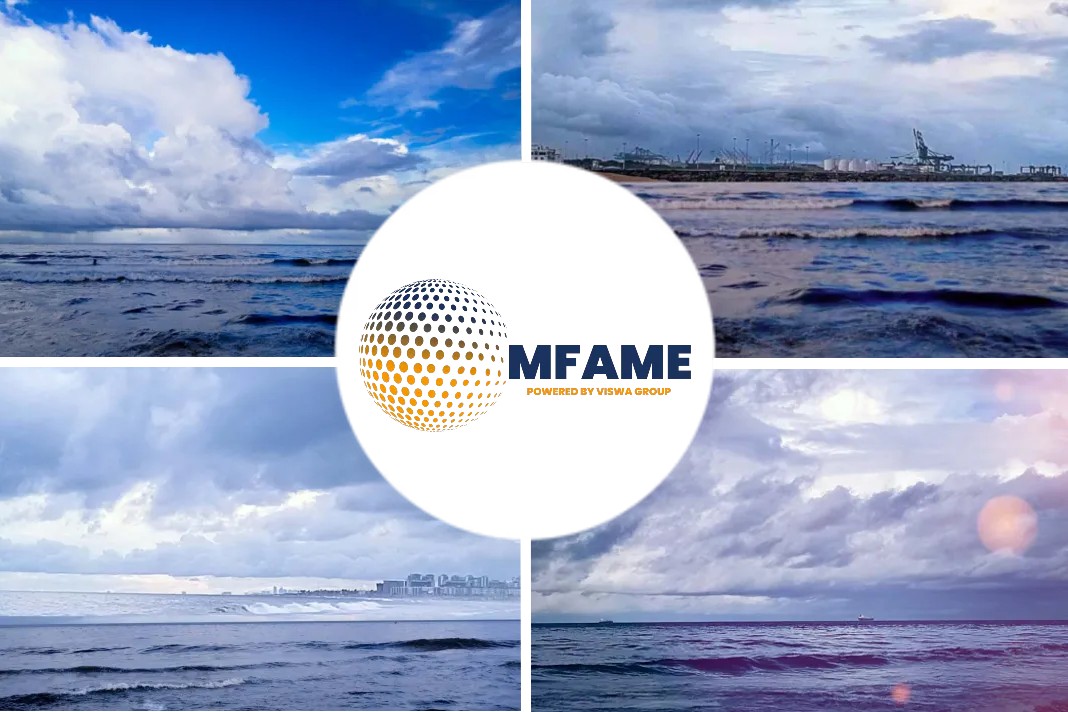Tonnage transported through the Panama Canal rose to historic levels in the October 2020 – September 2021 period, reports the official website.
Waterway’s ‘best of years’ results
The Panama Canal closed Fiscal Year 2021 (October 2020-September 2021) with historic PC/UMS (Panama Canal/ Universal Measurement System) tonnage transported through the waterway, increasing by 8.7 %, to 516.7m PC/UMS, up from 475.16m PC/UMS in FY 2020.
The waterway’s ‘best of years’ results reflected the increase in cargo volumes across ports worldwide.
“It was a very exceptional year as tonnage grew above 8% compared to FY 2020 and 10% compared to FY 2019,” Panama Canal administrator Dr Ricaurte Vasquez said in a virtual press conference. The waterway expects to reach over 535m PC/UMS tonnes in FY 2022, given the expected performance of full containerships, LPG, LNG, and tankers, mainly.
Vasquez said that the Administration had begun consulting with Canal users on a revision of the tolls to simplify the structure and provide a five-to-eight-year plan for toll level increases and to create a variable, demand-based structure for the value-added services.
The new tolls would have three components: a transit fee, a usage fee based on the Panama Canal tonnage, and a variable component for the value-added services.
Supply chain challenges
The segments that drove growth in FY 2021 were LNG, LPG, containerships, dry bulkers, and vehicle carriers. Despite the supply chain disruptions, LNG carriers increased 31.4% in tonnage and 28.2% in transits through the Panama Canal, representing the largest increase among all segments.
Fiscal year 2021 was marked by unprecedented supply chain challenges caused by the continued impact of the COVID-19 pandemic. Related disruptions drove container rates to rise exponentially and production to slow down across various sectors, due to raw material shortages.
LNG also set records for total tonnage and transits, both annually and in January 2021, because of record low winter temperatures in Asia. More LNG terminals located in the U.S. Gulf and East Coast have expanded operations, leading to an increase in exports shipped to Asia.
Transits grew slightly by 0.1% to 13,342 from 13,325 the year before. Income from tolls grew by11.5% to $2.96bn.
Increase in containership tonnage
Containership tonnage increased to 184.3m PC/UMS tonnes with 2,602 transits, up 2%; dry bulk were up 11.2% to 90m PC/UMS tonnes with 3,043 transits, up 10.3%; tankers and chemicals, to 65m PC/UMS, up 6.1%; LPG were up 18.4% with 52.8m PC/UMS tonnes and up 16.7% in transits; car carriers increased by 15.6% to 47.5m PC/UMS tonnes and 16.4% in transits.
The waterway increased the maximum length overall (LOA) for commercial and non-commercial vessels acceptable for regular transits of the Neopanamax locks to 370.33 metres up from 367.28 metres.
The change means that containerships with the same dimensions can increase their cargo capacity. The 15,846teu-CMA CGM Argentina is, to date, the container vessel with greater cargo capacity to have transited the Canal.
Did you subscribe to our daily Newsletter?
It’s Free! Click here to Subscribe
Source: Canal de Panama
























